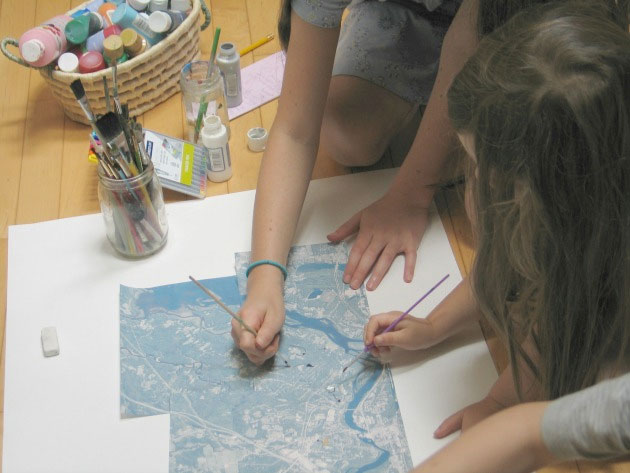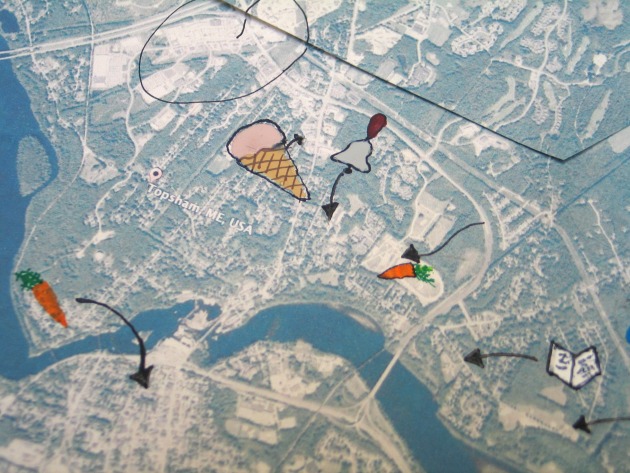Growing a Young Reader

Christie Megill is with us today to share some great tips for nurturing the budding young readers in our lives.
Learning to read is a process; there are several stages that children will move through before they are called “fluent readers.” Children who are at the very beginning of their reading careers are “emergent readers.” The emergent reading stage generally spans ages 4-6, give or take a year on either end. These young readers are first learning the alphabet and the corresponding letter sounds, then beginning to sound out words independently, and then are reading beginner books. As children are able to decode and sound out basic words, they learn patterns and phonics rules, and move along on the path to becoming independent readers.
What can you do at home to support your young reader?
First, the basics: read aloud to your child, provide a plethora of books at home, and go to the public library together to check out books.
Here are a few more tips for encouraging your budding reader…
Choose Just-Right Books
For emergent readers, you want to find books that are a good fit for your child’s reading level: a “just-right” book is like the porridge in Goldilocks and the Three Bears: neither too challenging to read (too hot), nor too simple (too cold). It’s perfectly okay to have a selection of books that are too easy or too hard for your reader, but when learning to read, it’s important to provide a selection that are “just-right.” A good way to determine a “just-right” book is to open up to the first page, and ask your child to read the words. Can your child breeze through all of the words with ease? It may be too easy. Is he or she unable to read 4-5 words on the page? It may be too hard.
Ask Questions
When you are reading aloud to your child, or vice versa, be sure to ask questions before, during, and after reading. This will help support comprehension and critical thinking. Before you even open the book, look at the cover or the book summary and ask “What do you think might happen in this book?” As you read, don’t be afraid to pause and ask questions. Ask about the characters, the plot, or the pictures on the page. Ask your child to make predictions, and later, ask if that prediction has changed. When the book is over, take a pause and then ask some more: “How did that book make you feel?” “Would you have done the same thing that Character X did?” “Does this book remind you of other stories we’ve read?”
Teach Strategies
Reading aloud to your child may come naturally, but when learning how to read, your child should be reading aloud to you, as well! Just like any other skill, reading takes practice. Encourage your child to read aloud to you from “just right” books.
Patience and support go a long way in this endeavor. If your child is unsure of a word while reading aloud, don’t immediately jump in for him or her. Ask guiding questions so that your child can try to decode the word:
- Ask him or her to sound the word out, letter by letter
- Ask him or her to use any pictures on the page for hints
Ask him or her to skip the tricky word and read the rest of the sentence, then go back – is there a word that would make sense, given the context? - Ask him or her to break the word into chunks of familiar sounds
- Ask him or her to try a different vowel sound – either long or short
Try to avoid covering up pictures that would otherwise give clues about words on the page. Also, challenge yourself to avoid constant and instant corrections; many times, a child will correct him or herself after noticing that the original word does not make sense in the sentence. If there is a letter or group of letters your child is having difficulty with, focus on that as a learning goal outside of the book.
The experience of learning to read will be different for every child: some find it simple, some find it challenging, some find it enjoyable, and some do not. But the pride that comes in reading a book on one’s own is universal – be a part of it!
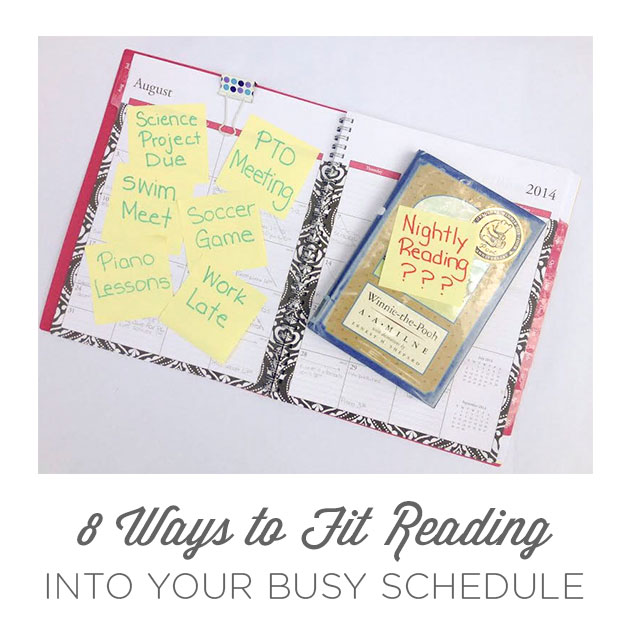
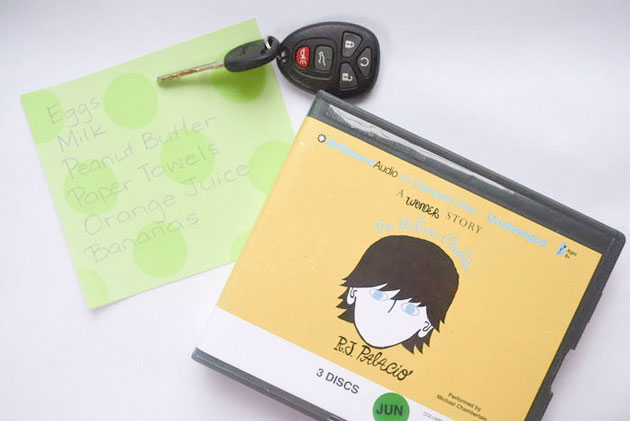


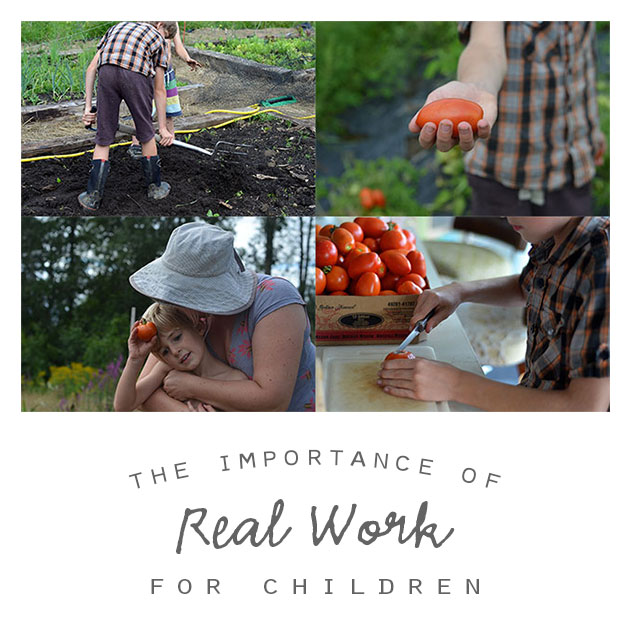

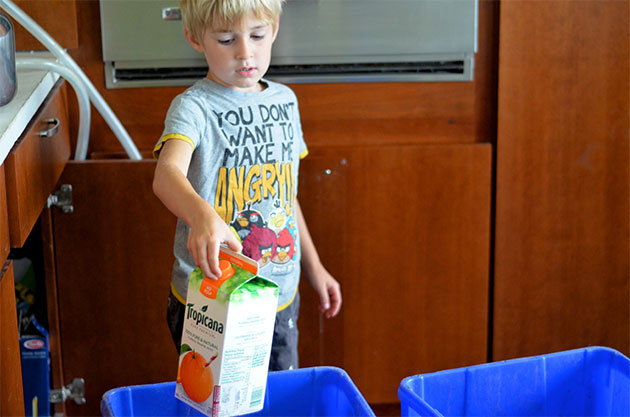

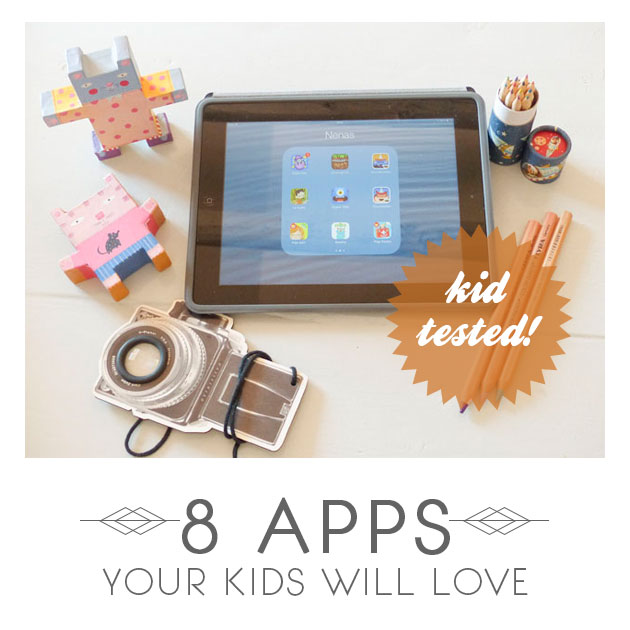

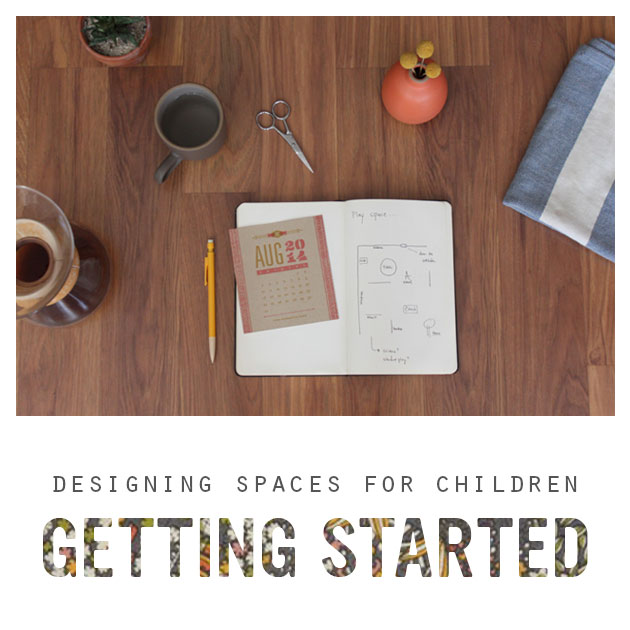 As the end of summer approaches in the northern hemisphere, many of us with children will begin preparing for a new school year. Whether you are a teacher awaiting the arrival of a room full of children or a parent with children at home, this time of year offers the perfect opportunity to consider the spaces where children learn, play, grow, and thrive.
As the end of summer approaches in the northern hemisphere, many of us with children will begin preparing for a new school year. Whether you are a teacher awaiting the arrival of a room full of children or a parent with children at home, this time of year offers the perfect opportunity to consider the spaces where children learn, play, grow, and thrive.

